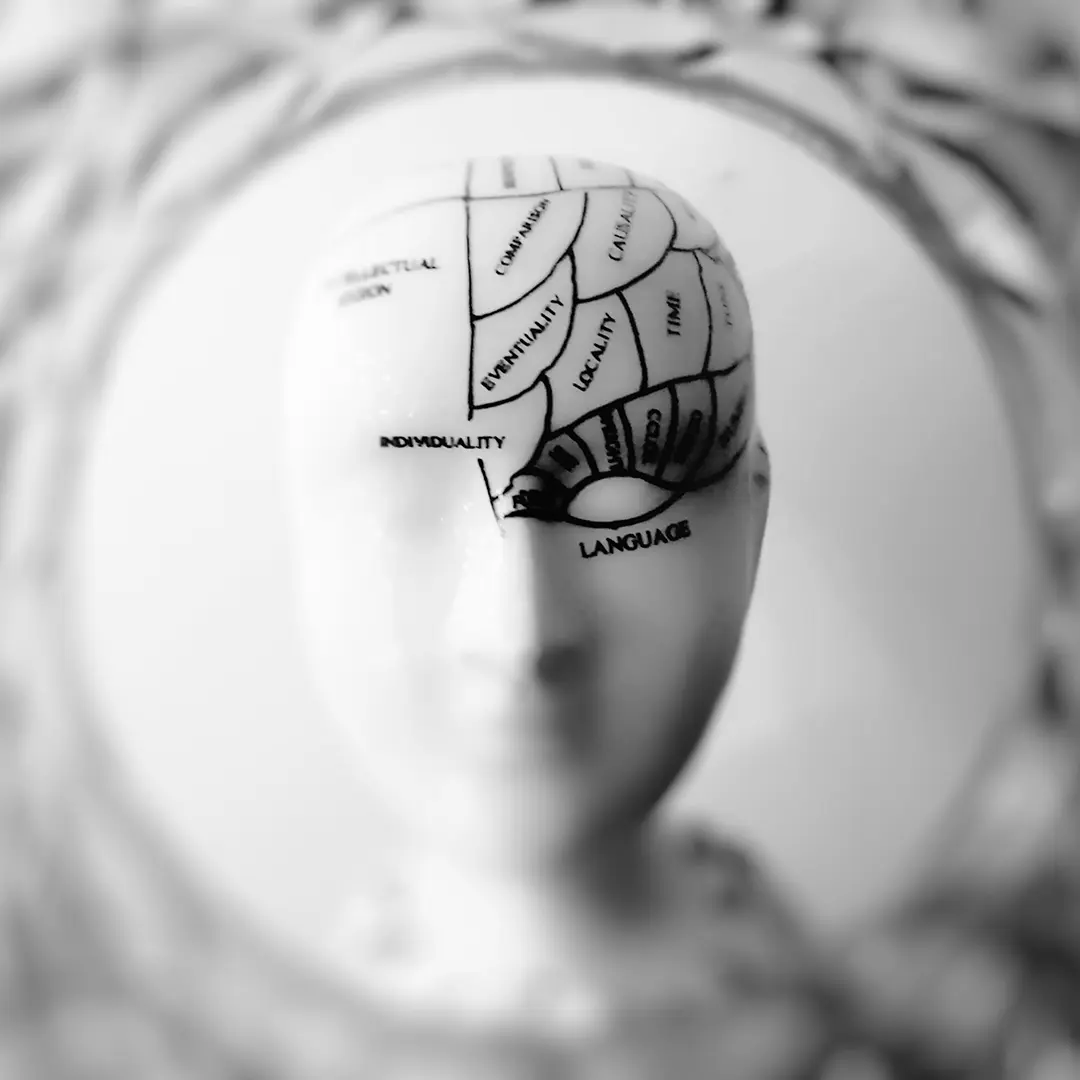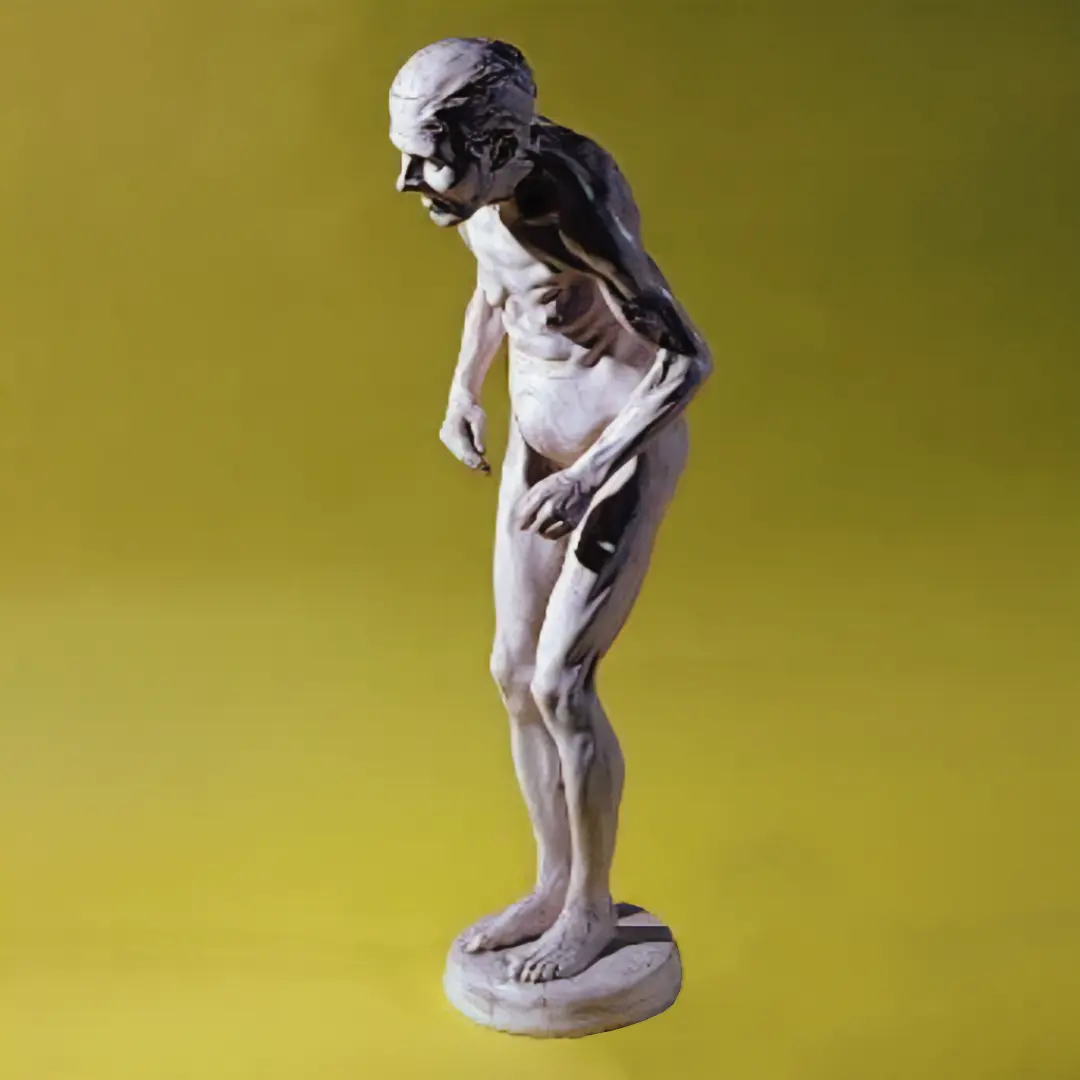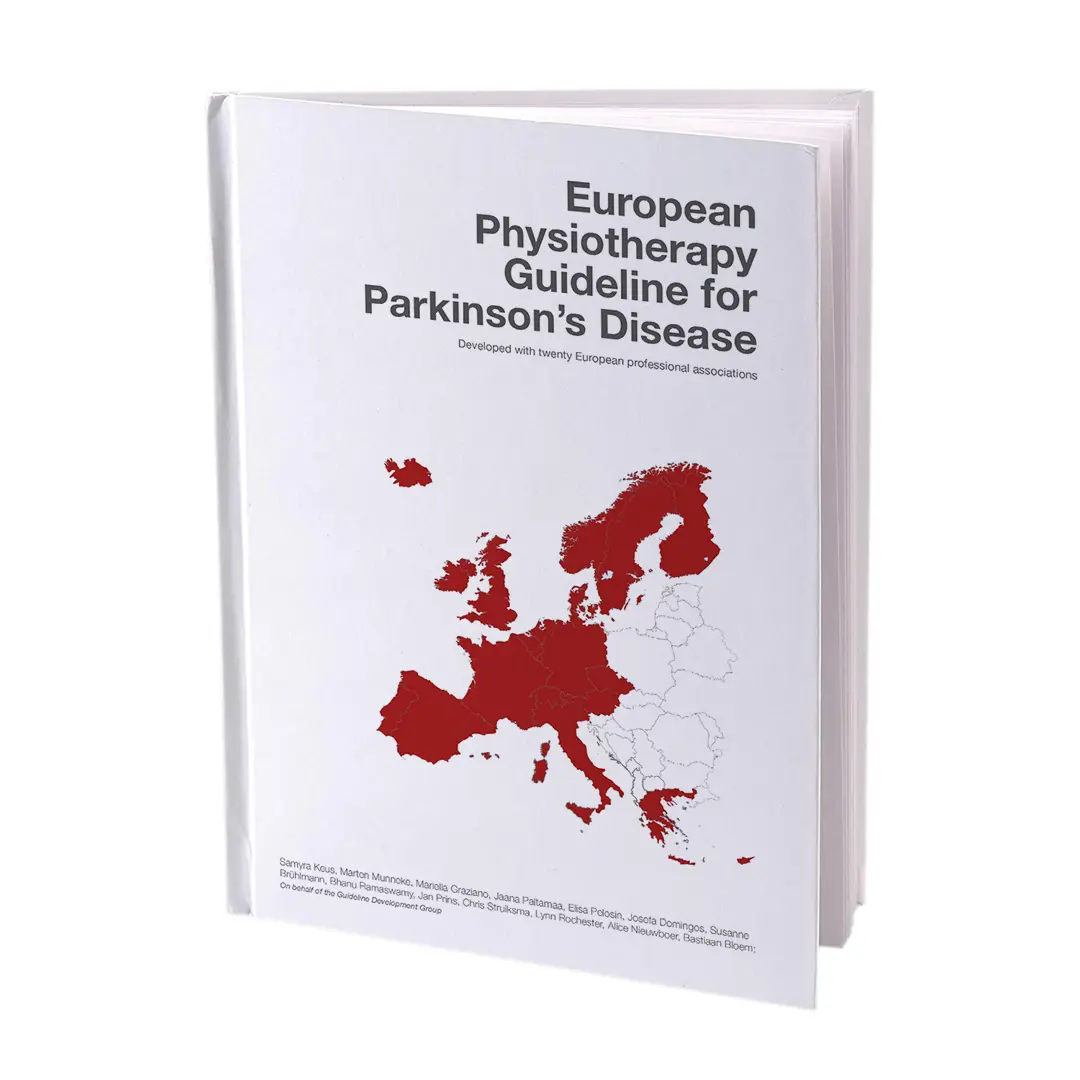Focus sur notre formateur : Thierry PERON MAGNAN

The CEERRF sets up a hot news every month, it is a focus on its teachers, their expertise or one of their works which are shared here and brought to your attention.
Thierry PERON MAGNAN graduated in 1990. He worked as a liberal and part-time employee for 16 years in hospitals structures and mainly at the APHP. Previously, he held a position as an instructor educator in “children’s homes” in the provinces for 1 year, then a position as an occupational therapist in a day hospital in psychiatry in the Paris region for 6 years. These first experiences were significant, their influences have guided his physiotherapy practice until today.
The body and sport
If I have to describe the influences that have shaped the practitioner that I’ve become, I must start by talking about sport. Very early, judo occupied my Wednesday and Saturday. I certainly learned movement in “3 dimensions”, the mentalization of gestures in preparation for movement, “gestural empathy” to understand the other in combat, the acceptance of the law of the best. But my physique did not destine me to a career like Teddy Riner!
Around 16 years old, I discovered athletics, where my big legs were more useful to me. I invested myself strongly, competitions on weekends: 110m hurdles, 400m hurdles but especially 400m flat (finalist championship of France!). I learned the pleasure of effort, the overcoming of my limits. Not really the desire to beat others, but to use them to improve my performance, camaraderie above all.
Instructor educator
The briefest, but harshest, of my professional experiences. After my military service I answered an advertisement for a position as an instructor educator in a “children’s home”. Children were placed by court order. They came from the Paris region, we were in the provinces. They were between 7 and 18 years old, described as mostly characteristic. Unstable, unmotivated, aggressive. In short, I was quite distraught.
Thanks to this first experience I obtained a position as an occupational therapist in a day hospital in psychiatry, in the Paris region.
Discovery of psychiatry
As an occupational therapist I had to organize the work of psychotic patients in a paper shaping workshop with professionals. Interface between the world of work and that of care: “re-education through work”.
I realized that the “in-itself” was not self-evident, that the perception of others could have a considerable gap with mine. That the subjectivity of these patients’ experiences could be very far from my reality, that communication had to go through channels other than reason before returning to it, when it was still possible.
My task is technical but I have to use resources for which I am not prepared. I learn “on the job” the therapeutic relationship, the best training I am told. As trying as those years were, I have excellent memories of them. We had to learn everything. Psychopathology, medical treatments, psychotherapeutic techniques, relations with the world of stationery, “psy” caregivers. I take a Handisport course and I get a diploma of sports educator for the disabled. I was able to initiate a pool group with some patients. I’ve experienced the world of psychosis and its ravages, but also my own “flaws” that I discovered here. The surprisingly strong bonds that could be forged with such marginal people at times. So I had to question myself a lot and find the resources to continue. I became interested in psychoanalysis with Dr R. Gentis by participating for 3 years in body psychotherapy sessions at “L’autre Scène”: Society for the Study of the Practices of the Unconscious (body and language games, relaxation, packing). I also followed the Schultz type relaxation training at the psychology laboratory of the Sainte Anne Hospital (Paris) with Dr J. Berges for a year. After 6 years I felt the desire for a diploma training. With the help of my establishment I register in physiotherapy preparation to pass the competition a year later.
That’s where athletics served me, I had to invest in studies as I had done with sport, “intensely!”.
Physiotherapist
I was attracted to chronic conditions, raising the question “how to live better with it” and not “when will I recover”. The question was not easy for the young graduate, I then participated in aBalint group led by S. Deleuil, psychoanalyst physiotherapist for a year. My meetings led me to take an interest in neurology and in particular in extrapyramidal pathologies, Parkinson’s disease, parkinsonian syndromes, and more generally what is called “abnormal movements”.
I went back to school to pass an M2 in educational sciences. I learned the models and theories of learning. I would have pursued this path and studied psychology, but circumstances did not allow it. This experience gave me a taste for the formalization of experience and concepts, I have since been able to write about twenty articles in my areas of expertise. In 2006, I joined the National Reference Center for Wilson’s Disease at the Lariboisière Hospital in Paris (Dr. F. Woimant) where I discovered the whole spectrum of abnormal movements, with a multidisciplinary team. The center received patients from all over the France for diagnosis, treatment implementation, follow-up. As a physiotherapist I had to evaluate, formalize a BDK, stay in touch with patients, families and care teams who continued the follow-up. Participate in congresses, publish articles, inform about the disease and treatments, physiotherapy as far as I was concerned. I was discovering neuroscience and participating in clinical research projects, including a PHRIP as a promoter, on a rating scale for writing disorders.
I then joined a neurologist colleague (Dr JM Trocello) from the team who was creating a multidisciplinary consultation (neurologist, occupational therapist, physiotherapist) for abnormal movements at Foch Hospital (Suresnes). The adventure, rich in interprofessional teaching, training for interns and neurologists who came to deepen their knowledge of abnormal movements. A lot of exchanges, and camaraderie during these 2 years before the consultation was dissolved.
Teaching
I have been teaching at the CEERRF for 8 years, the physio and pathophysiology of the basal lymph nodes, extrapyramidal semiology, clinical reasoning, therapeutic relationship, rehabilitation of Parkinson’s disease and abnormal movements. Applied pedagogy is inspired by the Cartesian naturalist paradigm (EBP), i.e. aims at the decentralization of the subject in a sectorized and hierarchical learning of knowledge (physiology and semiology for example). I also articulate it with the paradigm of embodied cognition, of “enaction” (Varela) or of the experience of “lived phenomenon” (Kant, Husserl). Semiology as it appears to the novice student or patient is instantly brought closer to their previous experiences. It is therefore necessary to adjust the learner’s perception to the concept (objectivity/clinical reasoning). There is in any encounter (care or learning) an interrelationship and therefore an intersubjectivity to which neither the patient, nor the physiotherapist nor the teacher escapes. The subjectivity, of the student as that of the patient, is considered, object of study or care (reflexive analysis of experience) before becoming knowledge and therapeutic. There is a tension between the objective and subjective research of the subject in care or in the appropriation of knowledge. This approach is inductive and deductive in complexity (E. Maurin), also modeled by scientists, neurobiologist and neurophysiologist (F. Varela, A. Berthoz). “Man”, sick and/or learning, needs an objectified knowledge but also intersubjective exchanges with others to appropriate it in confidence. The therapeutic relationship joins the pedagogical relationship, this dynamic of exchanges is borrowed from joys and surprises.
A movement of consciousness to learn between subjective and objective
In an ideal and successful materialist paradigm, we would have a cause for each action (causalist model), unfortunately for some, fortunately for others (human sciences), “science” is not capable of it today. The field rehabilitator, who works on the human, like the patient on his disease, have access to only a reduced part of “oneself” and the “sensible world” versus “world of ideas” (reason). This universe or “the thing in itself” (Kant the in-itself), is what remains after the phenomenon has become an object, that is to say literally objectified. Nevertheless, this object of knowledge does not exhaust the thing in itself, in this case, the patient, his pathology, his beliefs, his personality. The phenomenon, objectified, measurable (semiology, rehabilitation techniques) is worked by the physiotherapist in a contingent way (space/time of care) with the patient. The “in-itself” (the subject with his beliefs) escapes us in part in his subjectivity of the experience of illness and care. Nevertheless, it is important for us, for the sake of efficiency, through the patient’s adherence to the rehabilitation project (therapeutic alliance) to get closer to it. Not by dogmatism, but by pragmatism, so that the patient’s beliefs are not obstacles to care, but facilitating forces, as in judo the intentional gesture of the adversary is diverted in our favor. For Spinoza everything is “relation”, not with the moral valence “good/bad”, but more prosaic good/bad, which leaves freedom of choice to the patient (motivation). The social cognition of the caregiver, through empathy among others, allows this adaptive reading to the other, as the cognition of executive functions makes it possible to acquire objective knowledge.
Both teaching and care aim at the emergence of the phenomenon towards consciousness, within the agreed limit that “the whole is not the sum of its parts”. For Husserl it is precisely the subjectivity of the phenomena studied (phenomenology) that would allow the true objectification of reality (the patient, the disease). The fractional elements studied by the “hard sciences”, by methodological necessity, are not sufficient to respond to the experience of a patient in demand. They must be supplemented by what cannot be objectified.
The subjective and the objective are the two arms of the movement of consciousness of the physiotherapist at work with the patient and the teacher with the student.
In 2021 Thanks to the CEERRF I was able to follow the training in interpersonal therapy (TIP via IFTIP) which has just ended with the defense of the dissertation. This therapeutic method is the only one with CBT to be recognized by the WHO and the HAS as effective on characterized depressive episodes. It is known that patients with Parkinson’s disease will go through (about 50% of cases) a depressive episode. This pragmatic therapy is based on attachment theory and social cognition, in a biopsychosocial model. My dual competence as a “specialized” rehabilitator and TIP practitioner reinforces my effectiveness in the management of these patients.
I am therefore a teacher and practitioner in physiotherapy, psycho-corporal and interpersonal therapy. In a spiral movement I weave my activities between subjective materials, space of creativity and freedom, and objective subjects reassuring by their rigor and limits.




